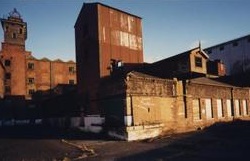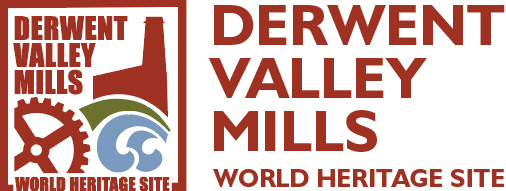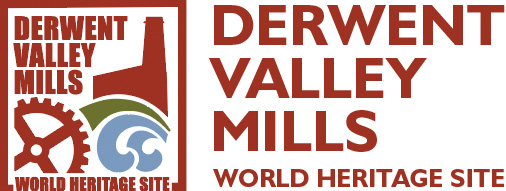Key Figures – Charles Woolley Bage

Key Figures – Charles Woolley Bage 1752-1822
Charles Woolley Bage, the noted pioneer of fire-proof mill structures, originated from Darley Abbey where his family had been involved in paper manufacture for two, or perhaps three, generations. His father Robert, 1728-1801, followed his own father George into papermaking at Darley Abbey later moving to Elford, Staffordshire where he established a papermaking business. He was famous amongst his contemporaries as an exponent of the English novel and his reputation was not confined to Britain; several of his works were translated into German. He was also part of the Midland’s intellectual network which included Erasmus Darwin and the other members of the Lunar Society. In 1764 Bage and Erasmus Darwin became partners in the Wychnor ironworks which, when it was sold in 1781, left Bage in serious debt. It was this experience, he claimed, which drove him to write light novels. Charles spent his early formative years at Darley Abbey and in Derby. His career took him to Shrewsbury as a wine merchant and there he fell in with a group of men of unusual ability which included Samuel Butler the Headmaster of Shrewsbury School and Thomas Telford the engineer. However, he did not lose contact with his Derbyshire friends and William Strutt was closely associated with his work on revolutionary iron building techniques, heating designs and the construction of fire-proof mills. The supreme monument to Bage’s talent is the Shrewsbury Mill known as Bage’s Flax Mill built in 1796-7 for John Marshall, and Thomas and Benjamin Benyan. The houses adjacent to the mill which made use of the cluster design were explicitly designed for overseers. It is difficult to escape the conclusion that their antecedents, like Bage’s own, are to be found in Darley Abbey.

